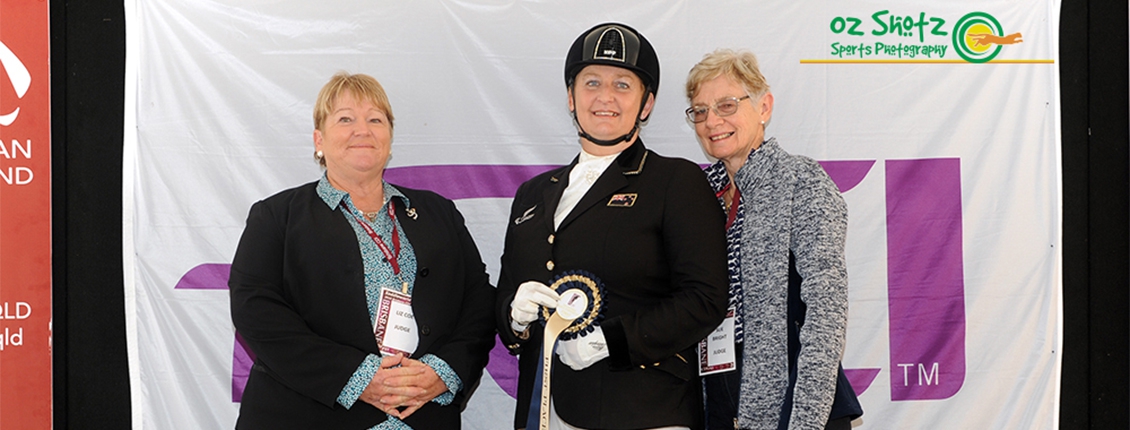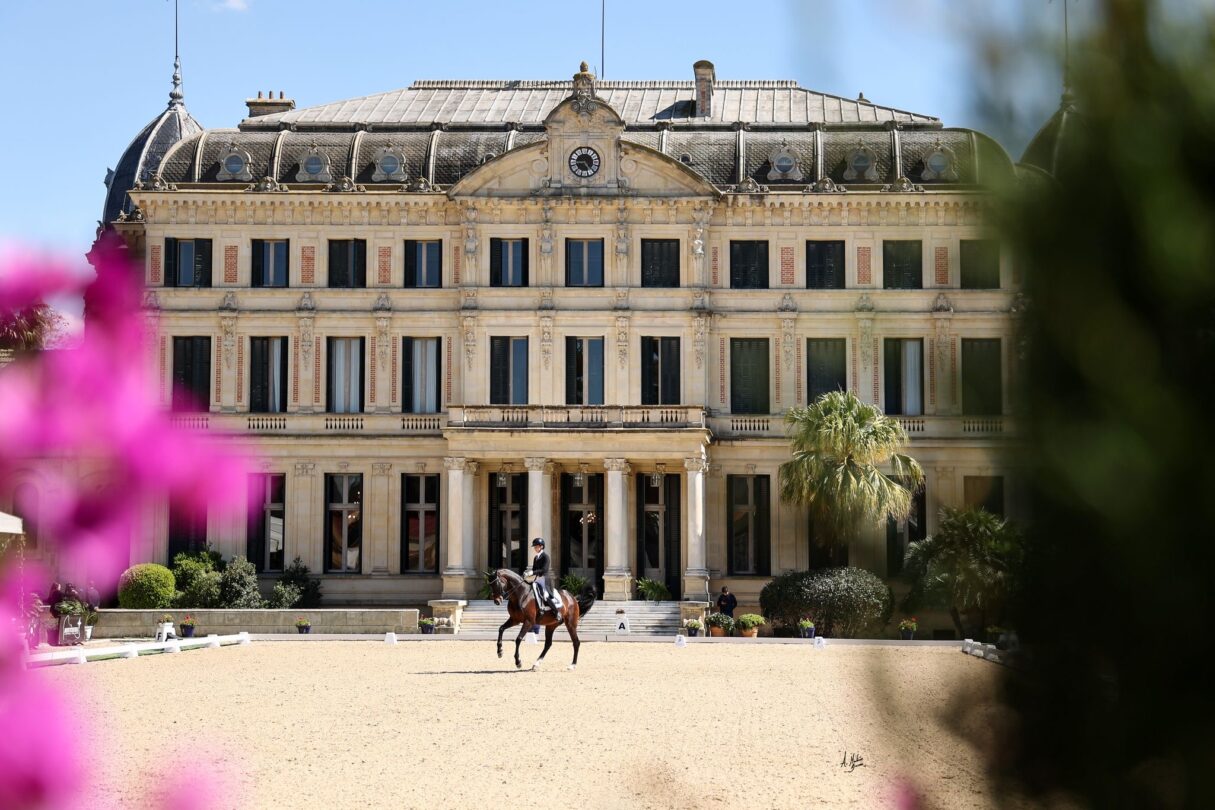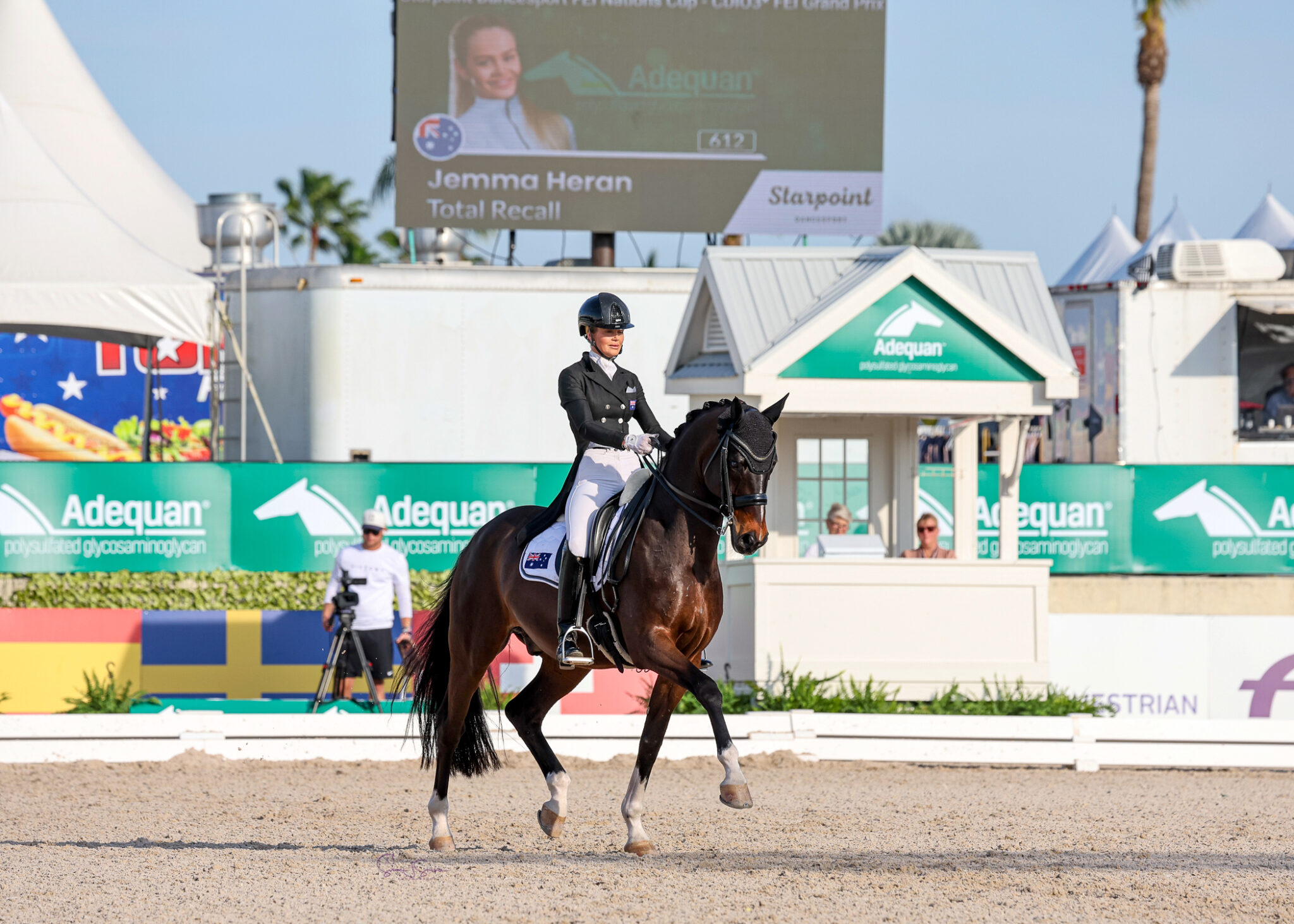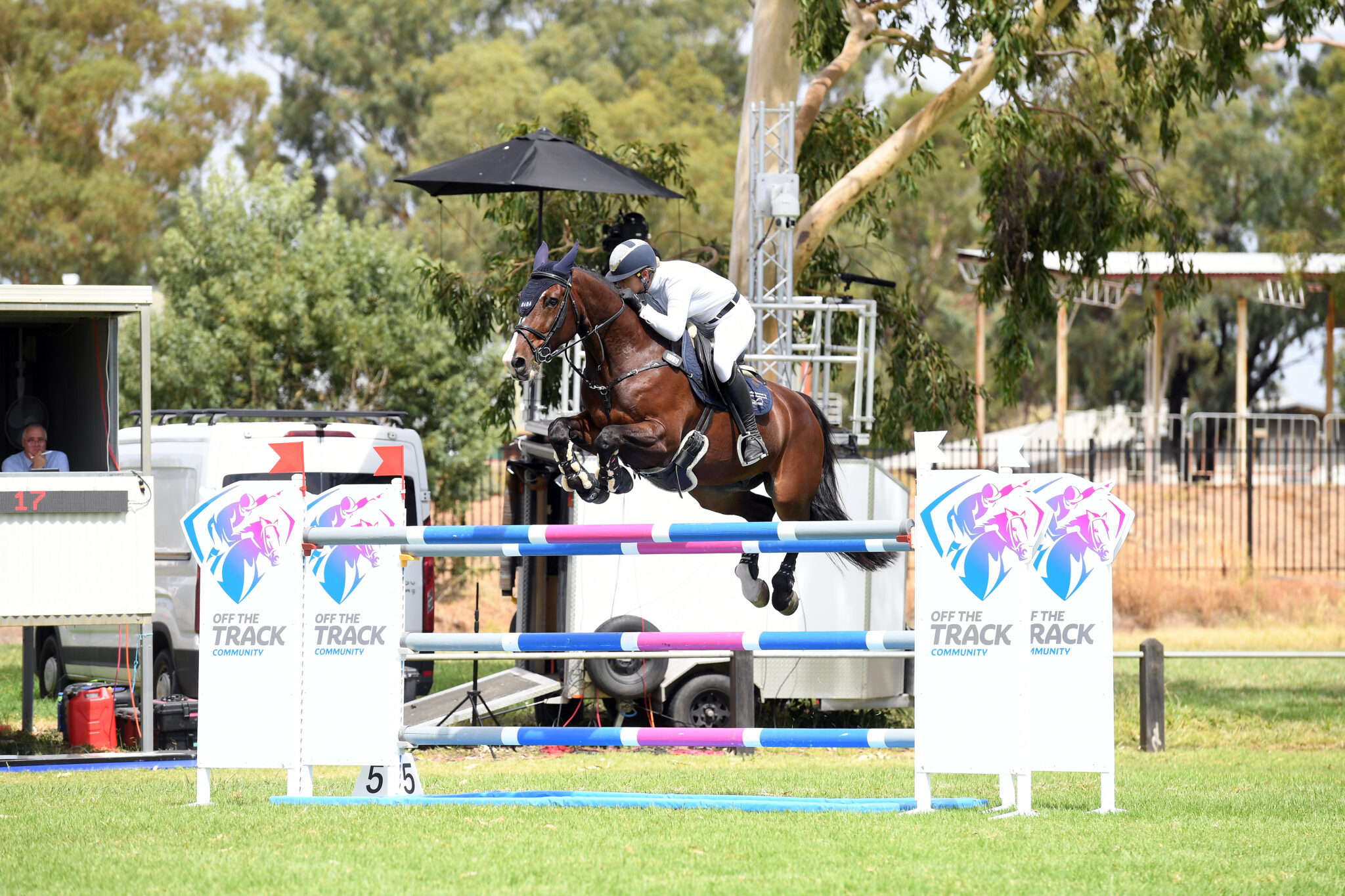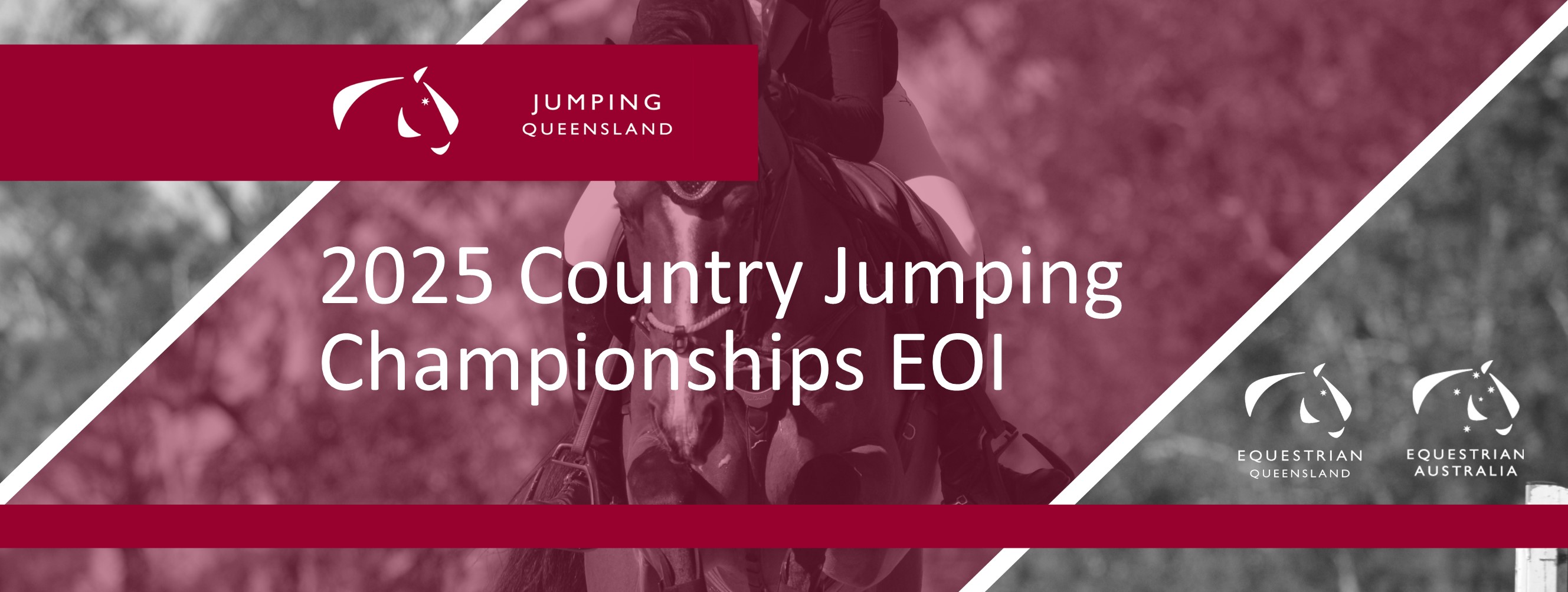These guidelines have been developed by Equestrian Australia to support clubs and organising committees to run competitions for Para-Equestrian riders.
Combining Para-Equestrian Events at Dressage Club competitions can be easily achieved. It is the aim that Para-Equestrian competitions will be fully integrated into Dressage Events at all levels in the future. Many Clubs have already achieved this at either Club or Regional level and have integrated Para Equestrian into their regular competitions.
What is Para Equestrian?
Para Equestrian (PE) is the term used to describe targeted competitions and activities for riders who have physical or visual impairments and includes para dressage and para driving.
PE dressage riders are those who have undergone a PE Classification assessment which determines the impact of their impairment on riding a horse for dressage competitions. Riders who are eligible to compete in PE competitions do so in one of the five PE dressage Grades which are as follows:
|
Grade |
Rider description |
PE dressage test |
|
Grade la |
Riders with greater impairments requiring use of a wheelchair |
Walk only tests |
|
Grade lb |
Riders with impairments requiring use of a wheelchair |
Walk and trot tests |
|
Grade ll |
Riders who may use a wheelchair or walking aids |
Walk and trot but canter allowed only in the Freestyle |
|
Grade lll |
Riders who are able to walk or who are blind |
Walk, trot, canter and may show lateral work in Freestyle |
|
Grade IV |
Riders with least impairment and able to walk or have a visual impairment |
Walk, trot, canter, canter half-pirouettes, 3 and 4 sequence changes and lateral work in Freestyle. |
Most PE riders use compensating aids enabling them to ride without disadvantage and which may include modified saddlery, such as loops on reins or allowances such assalute with head only. The aids and allowances provided to each rider is dependent on their impairment and Grade.
All PE riders who have been classified have an EA PE ID Card which lists their Grade and allowed compensating aids. A copy of the rider’s EA PE ID card should be provided to the organising committee at the time of entry. The rider should also carry their EA PE ID Card with them at the competition.
PE riders who also compete in able bodied competitions are entitled to use their EA PE ID Card to enable their use of the listed compensating aids.
EA Para Equestrian Dressage Rules
- The EA Para Equestrian Dressage Rules are included within Equestrian Australia Dressage Rules 2015, Section 13. A copy of the Rules should be accessible at the Event. These can be found at this link Para-Equestrian | Equestrian Australia or go to http://www.equestrian.org.au/paraequestrian
- For FEI PE sanctioned Events- the FEI PE Dressage Rules can be found on the FEI website.
Judges
- PE competitions must be judged by EA accredited PE judges. A list of the PE judges can be found on the EA website.
- These judges are all EA Elementary level and above and are able to judge able bodied Dressage at their level. These judges are therefore able to judge the able bodied competitions at the same Event to assist in reducing costs.
- Club competitions - use EA PE accredited judges if possible. An exemption can be requested if necessary from SDA and ADJC.
- State and National Events - EA PE judges plus FEI PE accredited judges must be used
The PE Dressage Tests
- A Club must be a minimum of an EA Sport Affiliate Club to use EA and FEI PE Rules and tests.
- At Club or Regional level either the EA PE Tests and/or the FEI PE tests can be used.
- There are 4 FEI tests in each Grade- Novice, Team, Individual Championship Test and Freestyle Tests.
- At Club level, the type of PE test is decided between the rider and the Organising Committee and is dependent upon the Grade of the rider. It is up to athletes to approach the OC to request their choice of test which can usually be fitted in at the end or beginning of a competition as it is very rare to have a large number of entries.
- At State, National and FEI sanctioned Events the FEI Tests: Team, Individual Championship and Freestyle Tests are included.
The PE Dressage Arena
- Grades Ia, Ib and II are held in a 20m x 40m arena.
- Grades III and IV are held in 20m x 60m or 20m x 40m.
- Shortening the arena between competitions for the different Grades is best done at the beginning or the end of a competition to save on time and labour.
Rider Requirements
- A member of their State EA branch
- Hold a current EA PE ID card
- For FEI sanctioned Events riders must be on the FEI Classification Master List which is available at http://www.fei.org/fei/disc/dressage/about-paraequestrian.
- Blind or visually impaired riders (Grade III or IV) are required to wear a coloured armband when mounted. They have special needs and should be carefully considered particularly with respect to safety and warming up.
Horse Requirements
- Refer to the membership structure on the Equestrian Australia website
Allowances for PE Riders at Events
- Grade la, Ib and ll may have their trainer or nominated person ride their horse. The trainer or nominated person may only warm up for a total of 30 minutes and must be off the horse during the last 15 minutes prior to the start of the test. This will be self-managed at Club Events but is supervised by a steward at State, National and FEI sanctioned Events.
- Presentations - it is recommended that these are unmounted and preferably on a flat wheelchair accessible area.
Venue Facilities
- Where possible a mounting block/ramp should be available to riders. In many instances riders may provide their own. For CPEDI Events this must be made available. More information is available from Equestrian Australia.
- A wheelchair accessible toilet is necessary. Most Clubs’ venues will meet this requirement.
Classification
- If the Event is nominated as one which Classification is to be provided for riders (National and CPEDI Events) there are some additional requirements. EA National office can provide details of these requirements.
Further information
If you are considering offering PE competitions at your Event and would like further information please contact the PE representative in your State or Sara Latham at Equestrian Australia.

